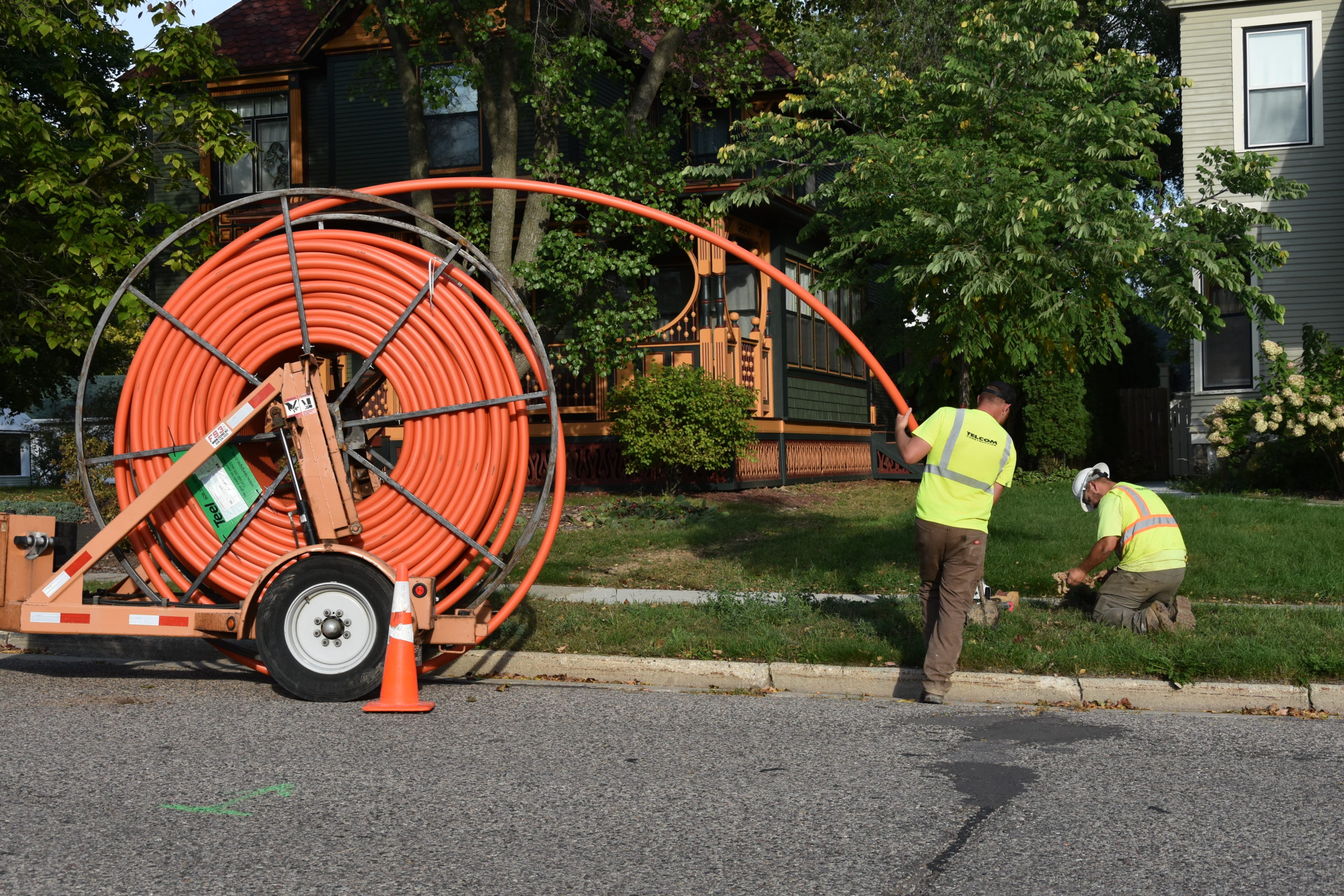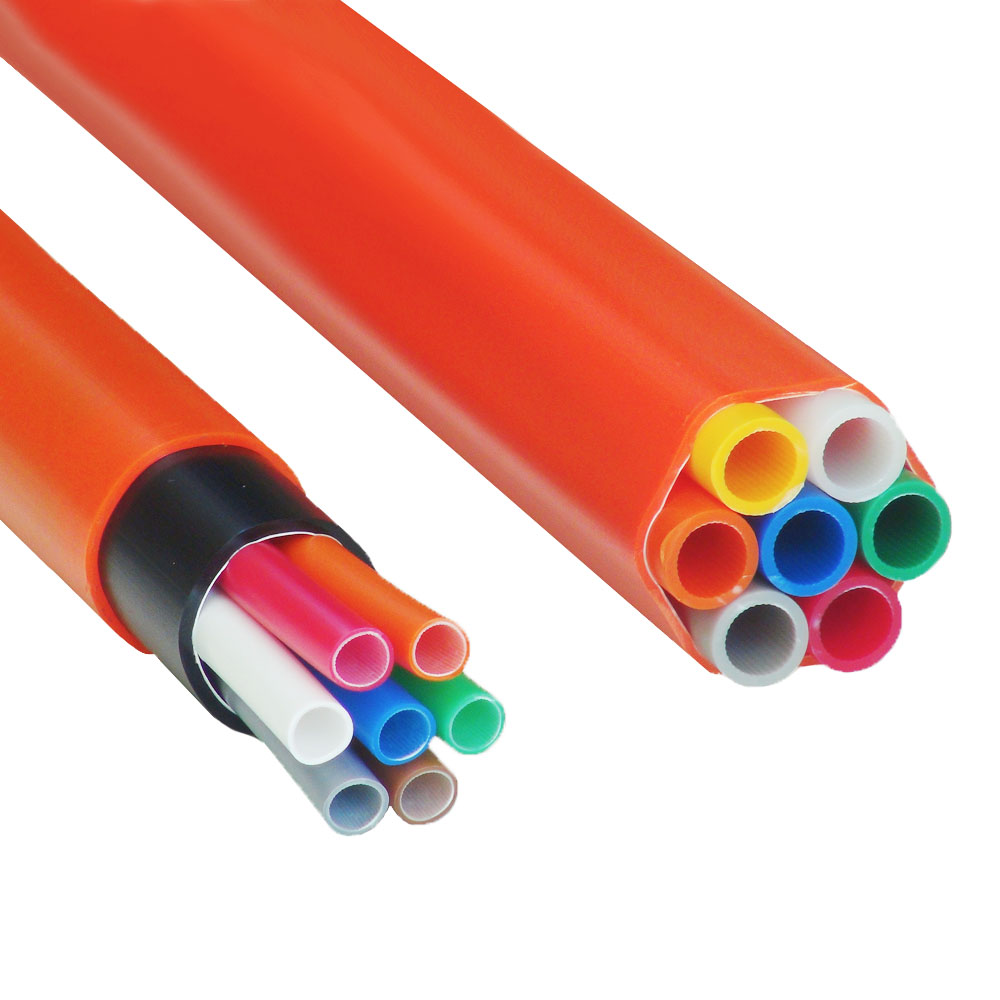Why Ducts and Conduits Are Essential for Fiber Optic Installations

Fiber optic cables play a critical role in today’s telecommunications infrastructure, providing the backbone for high-speed data transmission. However, these cables are vulnerable to a variety of environmental and physical factors, especially in harsh conditions. To ensure their long-term durability and reliability, the use of ducts and conduits during installation is essential. These protective structures not only shield the cables from external threats but also enhance their performance and simplify future maintenance.
One of the primary reasons for using ducts and conduits is the physical protection they offer. Fiber optic cables installed underground or aerially are exposed to numerous hazards such as soil erosion, heavy traffic, and construction activities. In these situations, ducts and conduits act as barriers, preventing direct contact between the cables and potentially damaging elements. In underground installations, they shield the cables from shifting rocks, tree roots, and corrosive soil. For aerial installations, conduits protect cables from wind, ice, and physical impacts from nearby objects like branches or machinery.
Water and moisture are significant threats to fiber optic cables, especially in coastal or underground environments where the risk of water intrusion is high. Water can cause severe damage to the cables, leading to network failure. By encasing the cables in water-resistant ducts, this threat is minimized, as the cables are insulated from moisture. In particularly harsh environments, specialized conduits made from polyethylene or PVC provide an additional layer of protection, ensuring the cables remain dry and fully functional.
Temperature extremes present another challenge for fiber optic cables. Harsh environments, whether extremely hot or cold, can cause cables to expand, contract, or even become brittle, potentially leading to signal degradation or outright failure. By using conduits, these temperature fluctuations are mitigated. The conduits act as insulators, protecting the cables from direct exposure to harsh weather conditions. In regions with particularly high temperatures, heat-resistant materials can be used to prevent cable overheating, making conduits especially beneficial near industrial areas or places prone to intense heat. In addition to environmental threats, animals such as rodents and insects can also damage fiber optic cables. These pests can chew through exposed cables, causing disruptions to the network. Ducts and conduits provide a simple yet effective solution by forming a physical barrier that prevents animals from accessing the cables, thus preserving their integrity.
In addition to environmental threats, animals such as rodents and insects can also damage fiber optic cables. These pests can chew through exposed cables, causing disruptions to the network. Ducts and conduits provide a simple yet effective solution by forming a physical barrier that prevents animals from accessing the cables, thus preserving their integrity.
The use of ducts and conduits also brings significant advantages when it comes to maintenance and future upgrades. Installing cables within protective conduits allows for easier access when repairs are necessary, without the need for disruptive digging or rerouting. This is particularly important in urban environments where construction work can be costly and inconvenient. Conduits also make it simpler to upgrade the network as new technologies or higher bandwidth requirements emerge. Instead of installing entirely new infrastructure, additional cables can be run through existing conduits, reducing the time and cost involved in expansion projects.
In terms of regulatory compliance, ducts and conduits help ensure that fiber optic installations meet industry standards set by organizations like the International Electrotechnical Commission (IEC) and the Telecommunications Industry Association (TIA). Many of these standards emphasize the importance of protecting cables from environmental and physical damage to ensure long-term reliability. Compliance with these standards not only enhances network performance but also ensures the installation meets safety and regulatory requirements.
Although the initial investment in ducts and conduits may be higher than simply laying cables directly in the ground or overhead, the long-term cost savings are substantial. Proper protection minimizes the risk of damage, which in turn reduces the need for expensive repairs and prevents network downtime. Over time, this results in a longer lifespan for the cables and a more reliable network overall, making the investment in ducts and conduits a cost-effective solution.
Moreover, in high-density installations such as data centers, ducts and conduits can also aid in cable cooling. By facilitating airflow, these protective pathways help prevent the cables from overheating, which is particularly important when multiple cables are bundled together. Proper ventilation through the conduits ensures optimal performance and prevents signal degradation due to heat buildup.
The use of ducts and conduits is vital for protecting fiber optic cables, particularly in harsh environments. Whether facing environmental hazards, temperature extremes, or the threat of physical damage, conduits provide essential protection that extends the life of the cables and ensures the long-term reliability of the network. In addition to physical protection, ducts simplify maintenance and upgrades, while ensuring compliance with industry standards. For any fiber optic installation, especially those in challenging environments, ducts and conduits are indispensable tools that offer both immediate and long-term benefits.